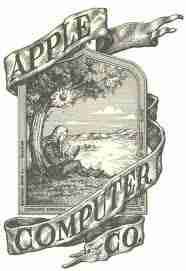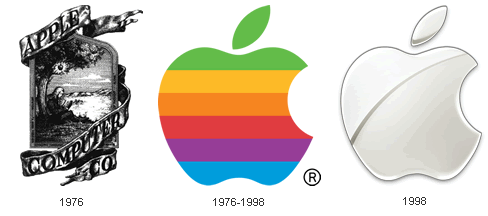 |
> Plus de cours & d'exercices d'anglais sur les mêmes thèmes : | Communication | Décrire [Autres thèmes] |
| > Tests similaires : - Vocabulaire : dire bonjour - Vocabulaire : au téléphone - Au téléphone - Converser en anglais - Décrire un visage - Expressions courantes - Structures au conditionnel - Dialogue : à quelle heure? | |
| > Double-cliquez sur n'importe quel terme pour obtenir une traduction... |
Décrire une image - cours d'anglais
Cette vidéo n'a pas de son.
| Vocabulaire |
| Les différentes parties d'une image | Les différentes sortes d'images | |||
| in the middle | au milieu | a photograph | une photographie | |
| in the centre | au centre | a painting | un tableau | |
| at the top | en haut | a drawing | un dessin | |
| at the bottom | en bas | an advertisement | une publicité | |
| on the left side | à gauche | a poster | une affiche | |
| on the right side | à droite | the cover of a book | la couverture d'un livre | |
| in the background | dans l'arrière-plan | a map | une carte | |
| in the foreground | au premier plan | a scene from a film | une scène d'un film | |
| in the top left-hand corner | en haut à gauche | a chart / a graph | un graphique | |
| in the top right-hand corner | en haut à droite | a cartoon (drawing) | un dessin humoristique | |
| in the bottom left-hand corner | en bas à gauche | a strip cartoon | une bande dessinée | |
| in the bottom right-hand corner | en bas à droite | a speech bubble | une bulle de bande dessinée | |
| Description d'une image |
Identifier le document (sa nature, son origine) This document is a painting, a map... / it dates from... / it's an advertisement for... / it was drawn by... |
 | This picture is an advertisement. It's the first Apple Logo. It was designed in 1976 by Ronald Wayne the third co-founder of Apple along with Steve Jobs and Steve Wozniak.. |
| Cette image est une publicité. C'est le premier logo d'Apple. Il fut conçu en 1976 par Ronald Wayne, troisième cofondateur d'Apple avec Steve Jobs et Steve Wozniak |
Décrire le document The scene takes place in the street, at school.... / during the day, at night, in the evening... |
The scene takes place in the country. This tree spreads over a man. |
| La scène se passe à la campagne. Au premier plan il y a un arbre. Son tronc incurvé se trouve du côté gauche de l'image. Les branches sont au sommet de l'image. Une pomme, entourée d'une auréole, pend à une branche. Cet arbre étale son feuillage au-dessus d'un homme. |
This man, who is wearing a wig, is sitting on the ground. He is leaning against the trunk of the tree. The apple is just above his head. A sentence on the outside border says: |
| Cet homme, qui porte une perruque, est assis par terre. Il est adossé au tronc de l'arbre. Il se concentre sur un livre qu'il tient dans ses mains. La pomme est juste au-dessus de sa tête. Sur le cadre de l'image on peut lire: Newton … Un esprit voyageant pour toujours dans des mers étranges de pensées … Seul. |
Dire ce que l'auteur a voulu exprimer. I think that... , maybe... , I suppose... , the atmosphere is... , it seems as if... |
Nobody exactly knows why Steve Jobs chose 'Apple' to name his corporation, There is a popular story that Newton was sitting under an apple tree, an apple fell on his head, and he suddenly thought of the Universal Law of Gravitation. Maybe, when he designed this logo Wayne thought: And we know what happened next: ... Macintosh,... iMac, iPod..., iPhone |  iPhone 4 |
Personne ne sait exactement pourquoi Steve Jobs a choisi ce nom de 'Apple' pour son entreprise, |
Dire ce que l'on pense du document. In my opinion, I (don't) like this picture because..., it makes me think of... |
A good logo must be simple in form and convey In fact it lasted only one year. |  |
Un bon logo doit être de forme simple et doit transmettre un message clair. |
Dans un devoir, à un oral les deux dernières parties doivent être plus étoffées que dans cet exemple. Quand on porte un jugement sur un document il faut essayer de trouver du positif et du négatif. |
🎬 Aide : voir la vidéo
Exercice d'anglais "Décrire une image - cours d'anglais" créé par lili73 avec le générateur de tests - créez votre propre test ! [Plus de cours et d'exercices de lili73]
Voir les statistiques de réussite de ce test d'anglais
Fin de l'exercice d'anglais "Décrire une image - cours d'anglais"
Un exercice d'anglais gratuit pour apprendre l'anglais.
Tous les exercices | Plus de cours et d'exercices d'anglais sur les mêmes thèmes : | Communication | Décrire
